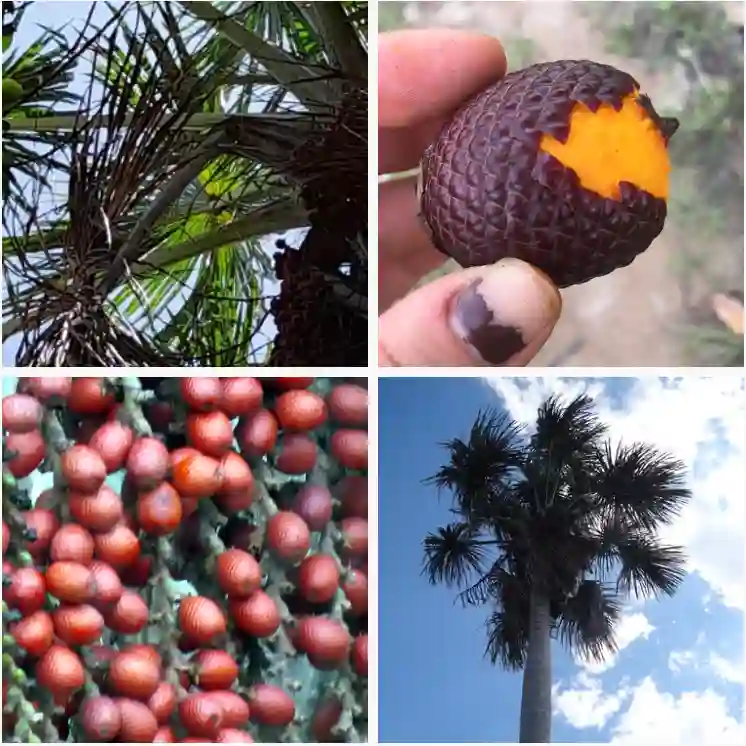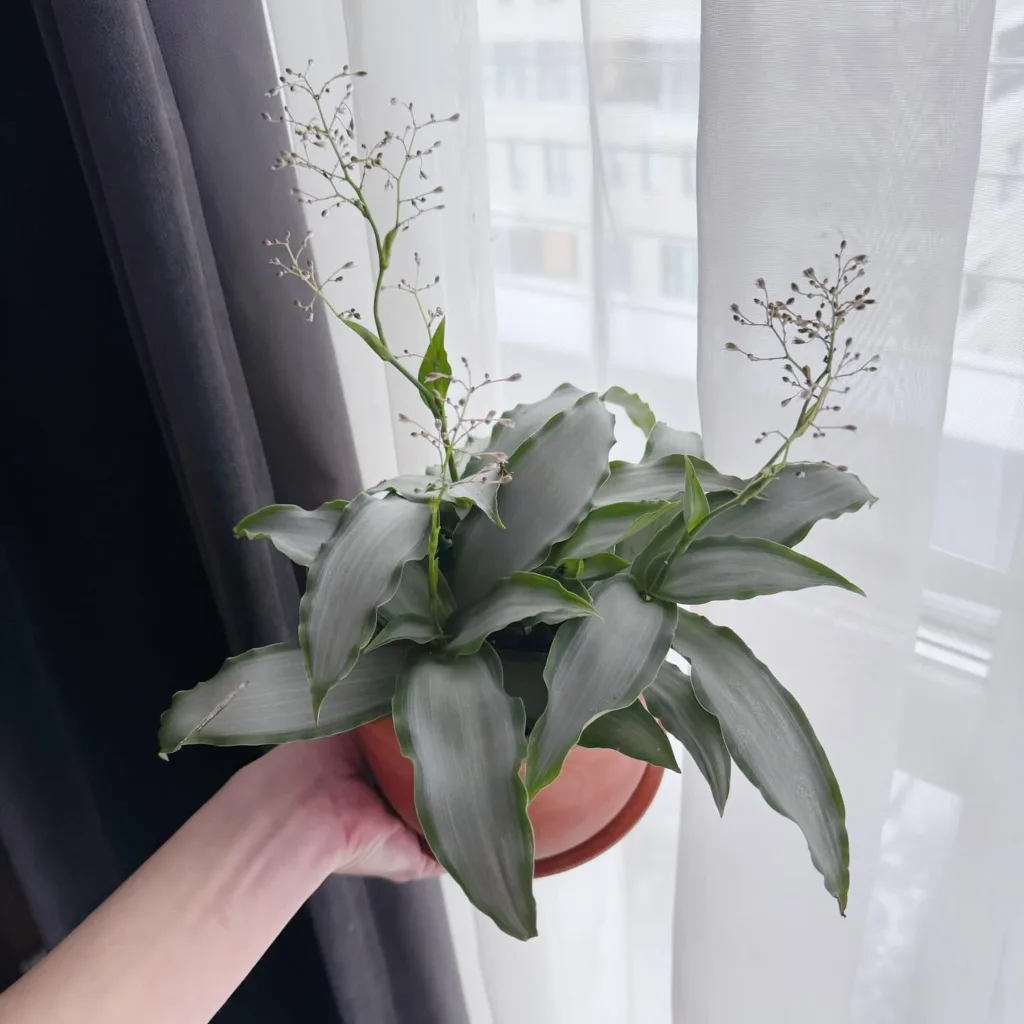Exploring the Eucommiaceae Family: A Deep Dive into Eucommia
As a plant enthusiast, I’ve always found myself captivated by unique plant families that offer both beauty and utility. One such family is the Eucommiaceae, with its most well-known genus being Eucommia. This family is fascinating for its distinct characteristics and its various applications in traditional medicine. Let me take you on a journey through the world of Eucommiaceae, sharing my insights and experiences along the way.
What is the Eucommiaceae Family?
The Eucommiaceae family consists of a small group of flowering plants, predominantly found in East Asia. The most prominent member is the genus Eucommia, which includes the well-known species Eucommia ulmoides. This tree, often referred to as the Chinese rubber tree, stands out due to its unique latex-producing capabilities and its numerous medicinal properties. The leaves of Eucommia ulmoides are glossy and bright green, creating an attractive visual that draws the eye.
The Significance of Eucommia
Eucommia ulmoides has a rich history of use in traditional Chinese medicine (TCM). It is often valued for its purported health benefits, such as promoting kidney health, enhancing immunity, and even aiding in joint health. I’ve personally experimented with herbal teas containing Eucommia leaves, and I can attest to feeling more energetic and balanced afterward.
The tree’s latex is another noteworthy aspect. While it does not produce rubber like the more commonly known rubber tree (Hevea brasiliensis), the latex from Eucommia has unique properties that are believed to offer health benefits. Its inclusion in various herbal formulations is a testament to its significance in both historical and modern contexts.
Cultivating Eucommia: A Personal Journey
My experience with cultivating Eucommia has been rewarding. I began my journey after reading about the plant’s resilience and adaptability. Growing this tree requires patience, as it thrives best in well-drained soils and can tolerate drought conditions once established. I found that ensuring proper spacing and sunlight exposure is key to promoting healthy growth.
One challenge I faced was pest control. While Eucommia is generally resistant to pests, I noticed some aphids on the young leaves. I quickly resorted to natural remedies, such as neem oil, which helped to keep the pests at bay without harming the tree. This experience taught me the importance of organic gardening practices.
Medicinal Uses and Health Benefits
Eucommia ulmoides is revered in TCM for a reason. It’s often prescribed for conditions related to the kidneys and liver. I remember visiting a herbalist who recommended Eucommia tea for my occasional back pain. After a few weeks of consistent use, I noticed a marked improvement in my discomfort.
Moreover, the leaves are rich in antioxidants and flavonoids, which contribute to overall health. I’ve integrated dried Eucommia leaves into my diet, often adding them to smoothies or herbal blends. Not only do they add a subtle flavor, but I genuinely feel they enhance my vitality.
Environmental and Economic Importance
The Eucommiaceae family is not just significant in the realm of herbal medicine; it also plays a role in the environment and economy. The cultivation of Eucommia ulmoides supports local economies in regions where it is grown, particularly in China. The tree is valued not only for its medicinal properties but also for its durable wood, which is used in furniture and construction.
Ecologically, Eucommia contributes to biodiversity. Its flowers attract various pollinators, including bees, which are vital for maintaining healthy ecosystems. I often find joy in observing the activity around my Eucommia trees, marveling at the intricate relationships between plants and wildlife.
Conclusion: Embracing the Eucommiaceae Family
My exploration of the Eucommiaceae family, particularly through the lens of Eucommia, has been enlightening. This plant family embodies the intersection of beauty, utility, and health. Whether through cultivating Eucommia in my garden or utilizing its medicinal properties, I have developed a profound appreciation for what this family offers.
If you’re considering diving into the world of Eucommiaceae, I encourage you to explore its benefits. Whether through gardening or incorporating its leaves into your diet, you might discover a new ally in your journey toward health and wellness. After all, the beauty of plants lies not just in their appearance, but in the myriad ways they enrich our lives.
If i die, water my plants!



